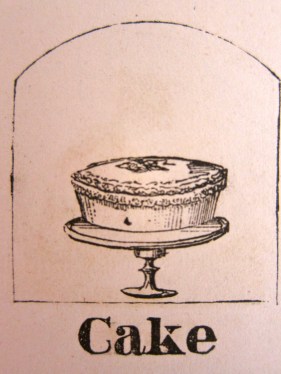Monday Dec 20th Was puttering about house most of the time
this forenoon made some cake of sour cream
This afternoon here to tea Mrs H & A L Ames
Mrs Witherell Emily & father & Oliver & wife
Have cut a pattern from Mrs Whitwells
cloak for Susan Have not done much
sewing of course
Life seemed to be getting back to normal. The servants did the laundry while Evelina puttered about the house and did a little baking. In the evening, the family assembled for tea at Evelina and Oakes’s. Sarah Ames Witherell, Emily Witherell, Oliver Ames Jr., Sarah Lothrop Ames, and Old Oliver himself attended. So did Sally Hewes Ames and Almira Ames, who were still visiting; Almira would stay at the Ames compound well into the new year. Missing were Fred and Helen Ames – off at school, presumably – and Oakes Angier, of course.
The family was weighed down by personal difficulties: Oakes Angier an invalid in far-off Cuba and Sally Hewes Ames fed up and seeking divorce, not to mention the lingering loss of George Oliver Witherell earlier in the year. Perhaps other concerns occupied their thoughts, too. Like many other families, the Ameses drew strength from simply standing together. In the same way they had risen from the fire at the shovel factory back in March, they would do their best to prevail over the latest adversity. What a year it had been for them.
Yet on the horizon, a greater ill loomed which it is our readers’ advantage to know and the Ames family’s innocence not to foresee. Eight years later, on this exact date, the State of South Carolina would issue a proclamation of secession from the United States, kicking off the calamitous American Civil War.









